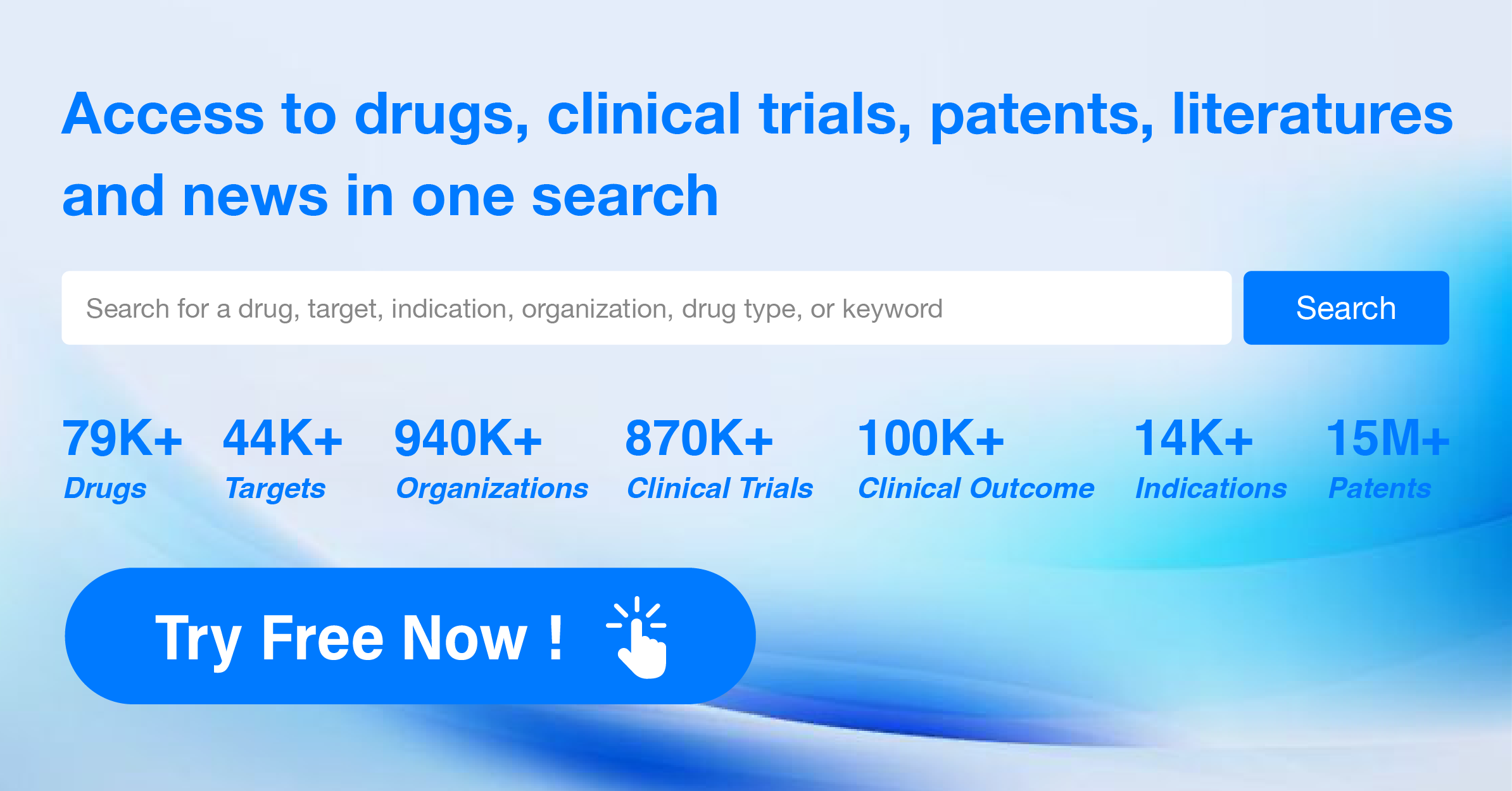What impact will the combination of multiple drugs have on drug delivery?
The combination of multiple drugs can have significant effects on drug delivery. Some potential impacts include:
1.Altered absorption and distribution: When multiple drugs are taken together, they may compete for the same transport proteins or transporters in the body, leading to changes in their absorption and distribution patterns. This can result in altered pharmacokinetics (PK) and pharmacodynamics (PD), which may affect the efficacy and safety of the drugs.
2.Drug-drug interactions: Combining multiple drugs can lead to synergistic, additive, or antagonistic interactions between them. These interactions can result in increased or decreased efficacy, adverse effects, or both. For example, a drug that increases the concentration of another drug by inhibiting its metabolism could potentially cause more severe side effects than if it were used alone.
3.Formulation challenges: The physical properties of different drugs can influence their compatibility when combined into a single formulation. For instance, one drug might be unstable in the presence of another, leading to degradation or precipitation issues.
To avoid detrimental drug interactions that impact drug delivery, several strategies can be employed:
1.Proper patient selection: Carefully selecting patients who require multiple medications should help minimize the likelihood of negative drug interactions. This includes considering factors such as age, comorbidities, genetic background, and concurrent medications.
2.Dose optimization: Adjusting the dosage of each drug individually to achieve optimal therapeutic outcomes while minimizing the risk of adverse effects is crucial. This requires close monitoring of patients' responses and laboratory values during treatment.
3.Sequential therapy: Administering drugs at different times or in different sequences can reduce the likelihood of interactions and improve the overall tolerability profile. This approach is particularly useful when administering drugs with different half-lives or elimination rates.
4.Development of new formulations: Designing innovative drug delivery systems, such as controlled-release formulations or targeted drug delivery systems, can help mitigate the risks associated with combining multiple drugs.Develop novel drug formulations that improve the solubility, stability, and permeability of active ingredients. This can help to enhance drug absorption and reduce the likelihood of interactions at the site of administration.
5.Preclinical and clinical testing: Conducting thorough preclinical and clinical studies to evaluate the safety and efficacy of new drug combinations is essential to identify potential interactions before they become problematic in practice.
6.Patient education: Ensuring patients understand the importance of following prescribed dosing regimens and the potential risks associated with taking multiple medications can help minimize the occurrence of adverse drug interactions.




